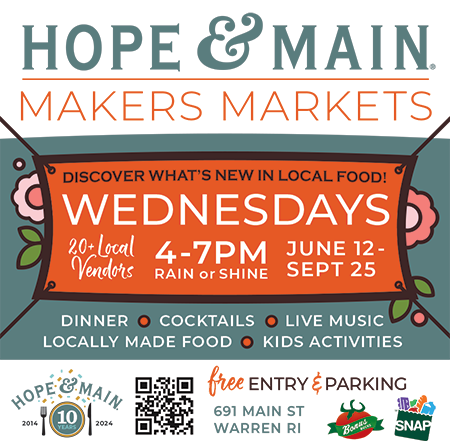
Jules Kang Sharpe is reading off their open tabs to me from their iphone on a sunny Friday morning in November. Lots of gluten-free recipes. Eels, which Sharpe mentions people have been really into, due to them being both “cute little grungy animals,” as well as the It Girls of the moment as they head south down the Woonasquatucket River. Another tab, Textron, which the artist has been researching and printing materials about to support recent protests and pickets. They are looking up vending machines, scheming to buy one with the dream of selling random stuff out of it. Pad thai. Medium dog breeds. The open tabs on someone’s phone are a modern and intimate archive, an extension of our subconscious selves.
It becomes obvious over the course of our interview that Sharpe is an observant collector. Whether it is the digital rabbit holes they store on their phone, the trinkets and linoleum block (in case someone wants to carve something) they display on the dashboard of their turbo-charged 2005 Pontiac Grand Prix, or the mental Rolodex they keep to remind themselves of the artistic events put on by their friends and peers. Sharpe is a sponge for the details of life, and it shows in the thoughtful, vibrant work they meticulously print with a risograph.
After graduating from RISD this past spring as an illustration major, Sharpe worried about continuing to make art without the support of professors, classmates, and university printing resources. Luckily, it didn’t take long for them to find community by joining Binch Press, a cooperative print and design studio that centers queer people and people of color, where they have felt “very loved and connected with people.” Through Binch, Sharpe is able to continue their risograph practice.
According to the artist, risograph printing is “similar to silkscreen, it looks like this big box with one or two drums inside of it, which holds each color [of ink]. You burn a master onto that drum…paper rolls around the drum while it spins and shoots out ink, so each color individually shoots out onto that sheet of paper.”
This method of printing can produce a vibrancy of color that is not achievable in more readily available forms of printing like laserjet. Sharpe notes “You can get metallic and fluorescent colors. I like working with it a lot. I think it’s changing illustration and comics a lot.”
One such coveted fluorescent found in risograph printing is fluorescent orange, a color Sharpe points out to me as a personal favorite on a swatch of ink colors they produce from their sketchbook. The color reminds me of orange sherbert, or the idea of a sunset. Certainly not something found in nature, but instead an interpretation of the color orange. Orange boosted to become something new, an abstract feeling beyond mundane life about mundane life. Turbo-charged orange.

Sharpe’s work speaks to this, including this month’s cover. Drawn with both pencil and digital shading, the cover tells a story of something seemingly simple – a person relaxing on a big comfy chair – but reveals through vivid colors and small details (the peaceful cat’s upturned ears looking devilish, the quilt glowing like a blanket of stars) a sense of whimsy and magic that belies mundanity. These details are like little winks at the viewer that draw you in.
What’s Sharpe up to nowadays when they are not hanging out at Binch or DIY artspace Lost Bag? Roller skating, hanging out at skateparks, participating in car shows, and working on a riso-printed calendar that they released November 20.
Being a busy, young artist, I asked them how they stay cozy during the harsh New England winter after growing up in the more mild winters of Missouri. Sharpe recommends baking a lot, keeping hand warmers on your person, wearing long johns, and making stew. Specifically, stew made using carrots, potatoes, and whatever meat is on sale. “Let the people of Providence know, in Motif Magazine, buy the Price Rite discount meat. It’s actually fine and you just put it in the instant pot, pressure cook it for half an hour, and it’s delicious.”
Here’s to getting cozy on a big comfy chair and eating a hot, simple meal this winter – gearing up for the next idea, the next project, the next spark of fluorescent orange.
Find more of Sharpe’s work on julessharpe.com or on Instagram @ juleskangsharpe.



